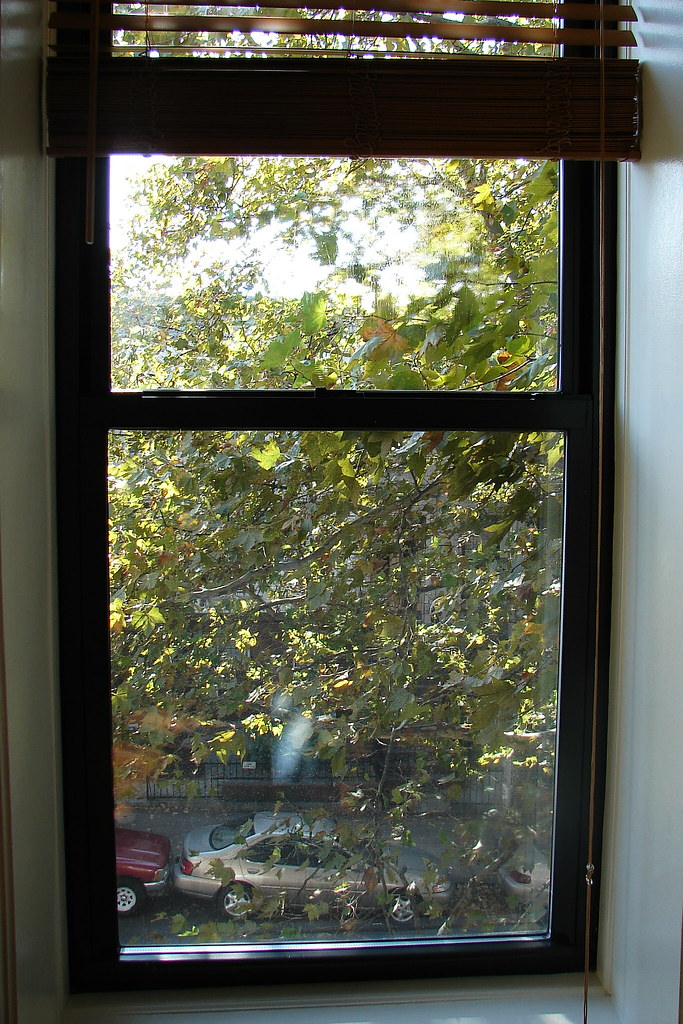
Notes from a Pandemic: On Chains of Isolation, and Transmission
So if the first corona case was detected in early December in Wuhan, then it was essentially followed by seven weeks of secrecy, of avoiding political embarrassment, of pathetic containment. A government’s version of “being cool.” On December 30, a local Chinese doctor’s warning was deemed “illegal behavior,” and without the best disinfectants—information and attention—corona naturally spread. By late January, when I had a slight cold, corona was a joke to text potential dates about. In that seven week window, the mayor of Wuhan said he couldn’t disclose the severity of the virus because he needed authorization from officials higher up while larger Chinese health institutions turn the blame around on the local governments who are now tracking down carriers and forcibly expelling them while the highest circles put on horse blinders and focus on Prime Minister Xi Jinping’s speeches. Another never-ending chain of catastrophic confusion.
I’ve been calling to check on my eighty-five year old father every day. He grew up in 1935 in a village in Belarus that still doesn’t have indoor plumbing. He looks at corona, and all he sees is Chernobyl: a familiar tragedy of omission, acknowledged only by a twenty second TV announcement two days after the explosion when a Swedish plant (over 620 miles away) detected the radiation levels and suggested a report to the International Atomic Energy Agency after the Soviets’ initial denial. Twenty seconds followed by a discussion of American nuclear accidents and then classical music. It’s no coincidence that English has subsumed the Russian word apparatchik (a member of the Communist party) to denote a blindly obedient official of a large organization. Apparatchiks see cosmonauts hastily launched into space and Jews handily traded for wheat as political systems pawned lives in exchange for prestige. Familiar communist chains of command and fear while iodine-131 quietly contaminated Belarussian milk and Shostakovich played.
I know it’s hard to predict an explosive virus. It’s invisible—and it should have stayed that way—but the virus manifests in silence, and the web becomes visible. I know it’s easier to stick to what you know or who you know instead of looking at what you don’t and asking questions. I’m not a politician, I am a playwright, so all I see are narrative frames and patterns, repeated policies of national secrecy in the name of political superiority that allow fear and disease to fester and proliferate unchecked whether via a lack of testing here or a cultivated ignorance in China. And as I sit here typing in a ghostly Brooklyn, I’m learning that pandemics are silent monsters without shouts and bangs, just whimpers and regrets. Empty shelves in some neighborhoods with remote workers while other local markets bustle with citizens who can’t afford to stop for sickness. New city lines are drawn as theaters and restaurants (finally) close, and everyone starts to question the very air we breathe.
In a dramatization, one can’t help but point to those windows: weeks in which biological threats could have been exposed and contained. Easy to say now, of course, and I don’t envy the precarious positions that apparatchiks faced and continue to face in the struggle between power and truth. And in these eerie weeks that lie ahead, I suspect we will learn more about American chains of responsiveness and responsibility all the while physicians have to make impossible decisions about who deserves a bed and who has to go prematurely home. All we can do is communicate—it is always what we could have done, and it will always be the one thing we can do. Communicate securely, openly and honestly on every level. As an artist, as a doctor, as a politician. As a whatever and whoever you are. About whatever you need and see. Don’t be cool.
For much of my adult life, I have devoted myself to those gatherings we must currently abstain from and to truth tellers who harness the invisible power that accumulates between bodies in rooms through exhales of laughter and inhales of recognition that now require a six foot radius. As we redefine boundaries to contain this virus, we must admit when we are weak. Recognize symptoms of broken systems. Make new chains. It’s a new city.
One comment on “Notes from a Pandemic: On Chains of Isolation, and Transmission”
Comments are closed.




We are Mishpuchah in the truest sense of the word. I was born in 1949, old enough to remember a neighborhood of row houses, where the families became Mishpuchah to each other by proximity, need and love. We all needed one another in some way and at sometime, in sickness and health, to grill in summer and play stick ball in the street.
I live in New Haven, Connecticut now, where we have recreated that feeling of Mishpuchah in our community. Today alone, my wife and I had neighbors drop off home baked bagels, come dance outside and offer to walk with us at the 6 foot distance required by the new social norm. I imagine the isolation of people without the safety net of mispuchah, and the image is miserable. Maybe as as the author says, we must, “Make new chains”, perhaps by recreating the very essence of who we are as a people, as Jews as refugees, as Mishpucah to each other.